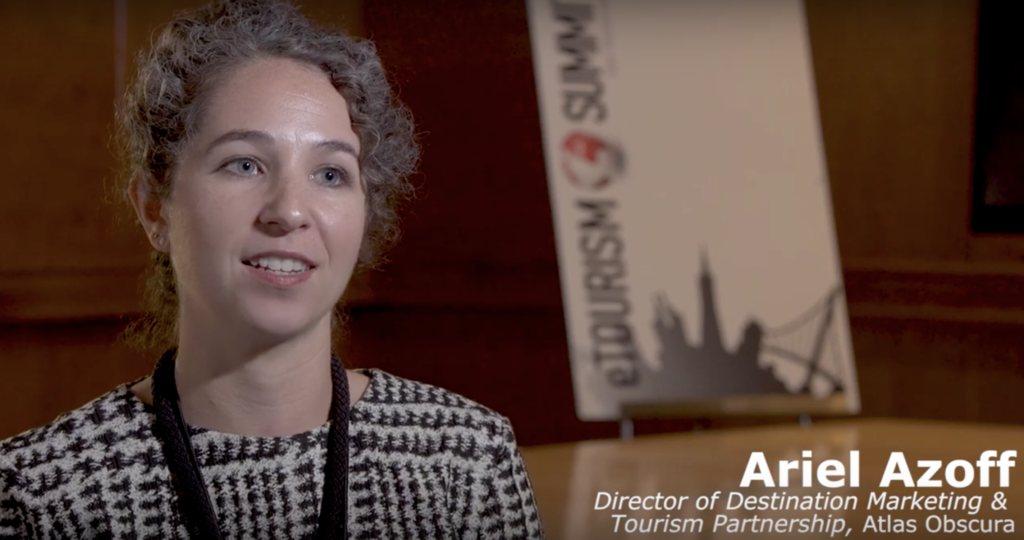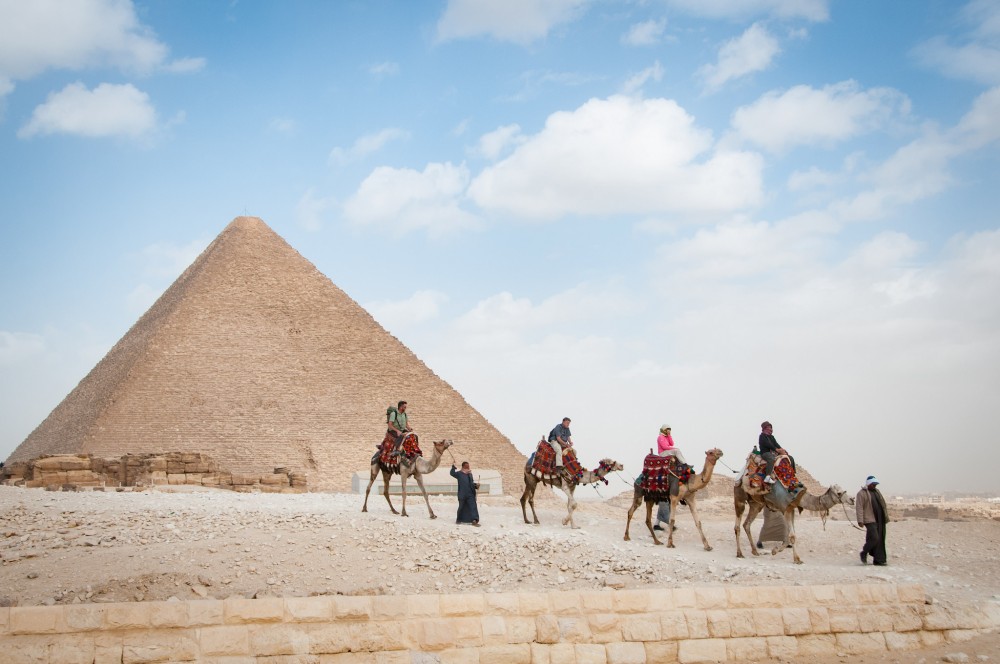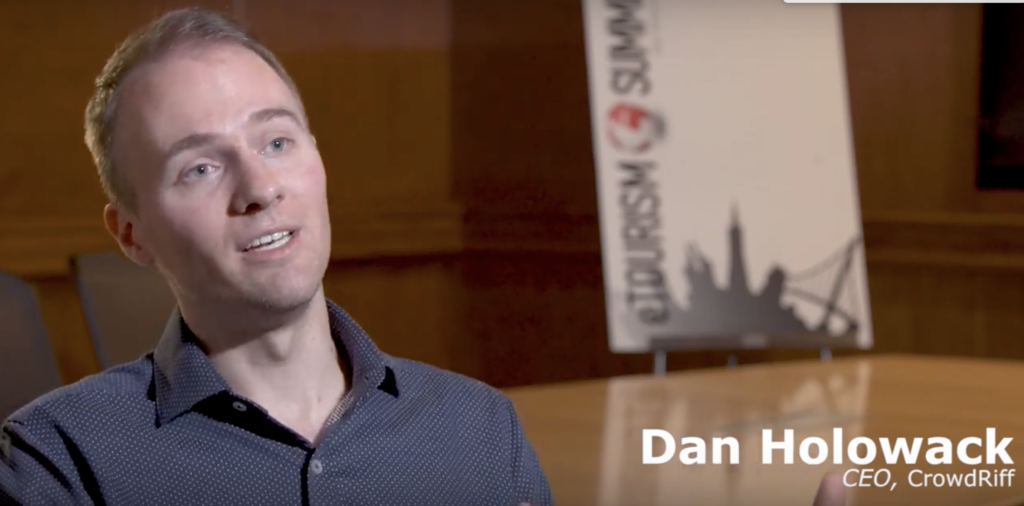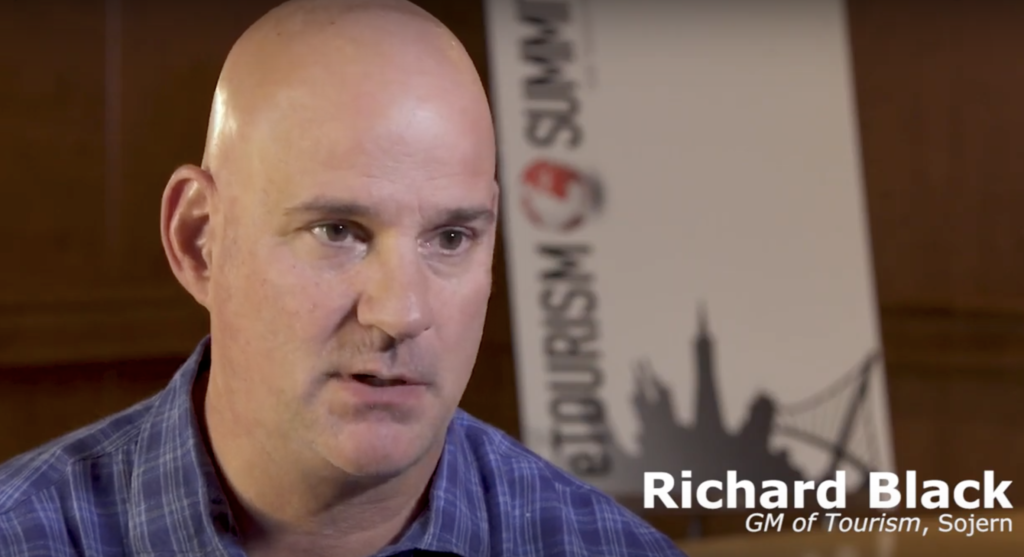
At last month’s Connect Marketing Leadership Summit in Kissimmee, we caught up with Allison Schult, CDME, Principal and Founder at Mile Marker 630 and a member of the eTourism Summit Advisory Board.
A destination pro and former VP Marketing at Visit Tucson, Allison shares some thoughts for the DMO community as the next installment in our series, “Thought Leaders See Tomorrow.”
Q: Digitally-speaking, what keeps you up at night?
A: Digital clutter. As marketers, the quandary is to transcend beyond the noise to engage and transact meaningfully to convert travelers in a contested marketplace. Sojern recently reported that a traveler’s typical ‘path-to-purchase journey’ is 500 touchpoints. Is that by choice or necessity?

Applauding the power of data and our ability to harness it, we can only hope we’ve helped lessen advertising fatigue and have made headway in offering a more consumer-centric and personalized experience for travelers.
Q: What will the successful DMO model look like in five years? What are its main differences to the current model?
A: To tackle the enormity of the million-dollar question, I first looked back 15 years when I entered the travel sector, marveling at how much destination marketing has evolved. We can’t lose sight that the driving force behind it was the intersection of rapidly-changing consumer behavior, the rise of digital and social, and our willingness to respond and adapt.
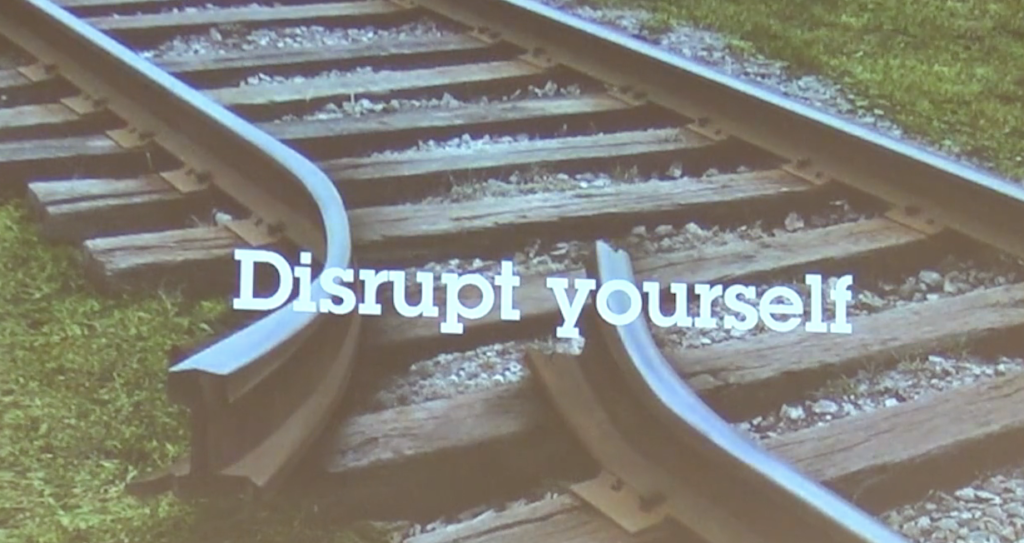
Navigating the future? Here’s my “I have a dream” speech…Rather than being market-driven, the successful DMO will be drivers of the market and will be better at predicting consumer behavior. They’ll reject the status quo, embrace changing roles within the organization and will work closely with economic sectors outside travel that fuel the economy.
The successful DMO will genuinely welcome tech startups, use and apply data more effectively, and attract and retain talent who can lead innovation in our industry. The DMOs of the future will not only know how to navigate around dead-end rhetoric on relevancy because they’ve reflected on what has to evolve (identifying new revenue streams, for example) and have had the guts and grit to change it. The alternative for our future, I think, is unthinkable, yet real.

Q: Outside of travel, which marketing work impresses you and are there lessons that can be applied to tourism marketing?
A: Retail. It’s an example where analytics purportedly drive everything – strategy, execution, technology and innovation. Personalization is not a buzzword, it’s a discipline applied and executed that delivers (in most cases) a truly personalized, ‘joy-sparking’ experience, igniting social sharing and online buying.
Retail has demonstrated that consumers reward brands that deliver tailored content in a timely fashion that matches their needs. This happens because of the rich data they harvest in their CRM platforms.

Q: Looking glass: What will the digital travel marketing landscape look like five years from now?
A: The digital inroads that destination marketers have made in response to an ever-wielding, rapidly-changing digital landscape deserves a good ole’ Facebook thumbs up.
Issues in front of us right now: Grappling with personalization (and moving towards hyper-personalized messaging), the long day’s journey into voice search, and artificial intelligence—all while never taking our eyes off producing and distributing video ‘content that travelers would miss if they didn’t find it.’ (I’m paraphrasing Seth Godin, my go-to marketing guru.) Five years? Let’s hope the looking glass tells a story that DMOs are fully data-driven.
